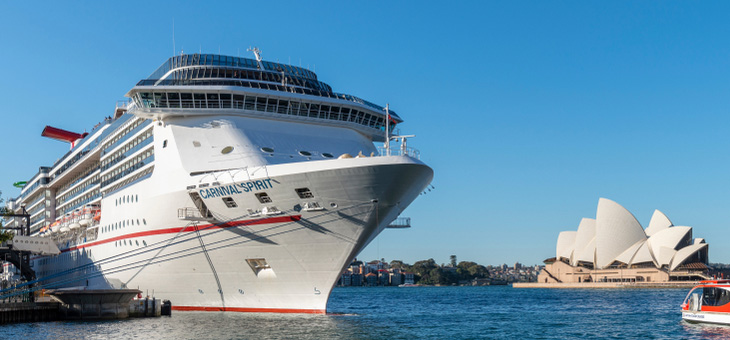Cruisers could soon be paying an extra tax on their cruise fare, if the Federal Government’s Ministry of Agriculture and Water Resources has its way.
The ‘green tax’ is designed to fund environmental measures, but industry lobby group Cruise Lines International Australia (CLIA) is concerned that this new biosecurity import levy will drive up costs for both operators and passengers.
As of 1 July 2019, the levy will originally target freight vessels. However, CLIA has been informed that it could be extended to the cruise industry in January.
A statement from the Ministry of Agriculture and Water Resources given to Cruise Passenger today confirms that cruise ships are under consideration.
“The potential expansion of the levy to commercial vessels is one possible change the department has explored with industry to address stakeholder feedback,” reads the statement.
While a definite cost is yet to be decided, it could be determined on charges per visit and/or by gross tonnage.
According to Cruise Passenger, the levy is currently set at $10.02 per incoming twenty-foot equivalent sea container and $1 per tonne for non-containerised cargo.
So, a ship like Ovation of the Seas which weighs 168,666 tonnes could attract a levy of $168,666 at $1 a tonne. Divide that by the total number of passengers the ship can hold at capacity (4905), and it would work out to around $34.38 per passenger.
CLIA Australasia and Asia managing director Joel Katz is concerned about how the levy will affect the cruise industry, which operates with frequent port calls and often with larger vessels than other forms of shipping.
“Extending this new tax to the cruise industry has come as a complete surprise and without proper consultation,” said Mr Katz.
“There is no justification for hitting cruise lines with charges originally designed for freight.”
But, apart from the $325m the levy is expected to raise by 2020, the Government has its reasons.
“Hitchhiking pests are a significant and costly threat to Australia, and they can be found in or on the surface of vessels, not just in imported products,” said a Ministry spokesperson.
CLIA says passengers are already paying extras fees for cruising.
“Travellers are already taxed heavily through measures like the $60 Passenger Movement Charge, which is already used to fund passenger-related biosecurity activities,” said Mr Katz.
“Australia’s Passenger Movement Charge is one of the most expensive passenger taxes in the world.”
CLIA and other organisations are calling on the government to remove the ‘significantly flawed’ levy from the 2019 budget.
Do you think this levy is unfair?
Related articles:
Cruise fares explained
Do you have to tip on a cruise?
Seven tips for first-time cruisers

